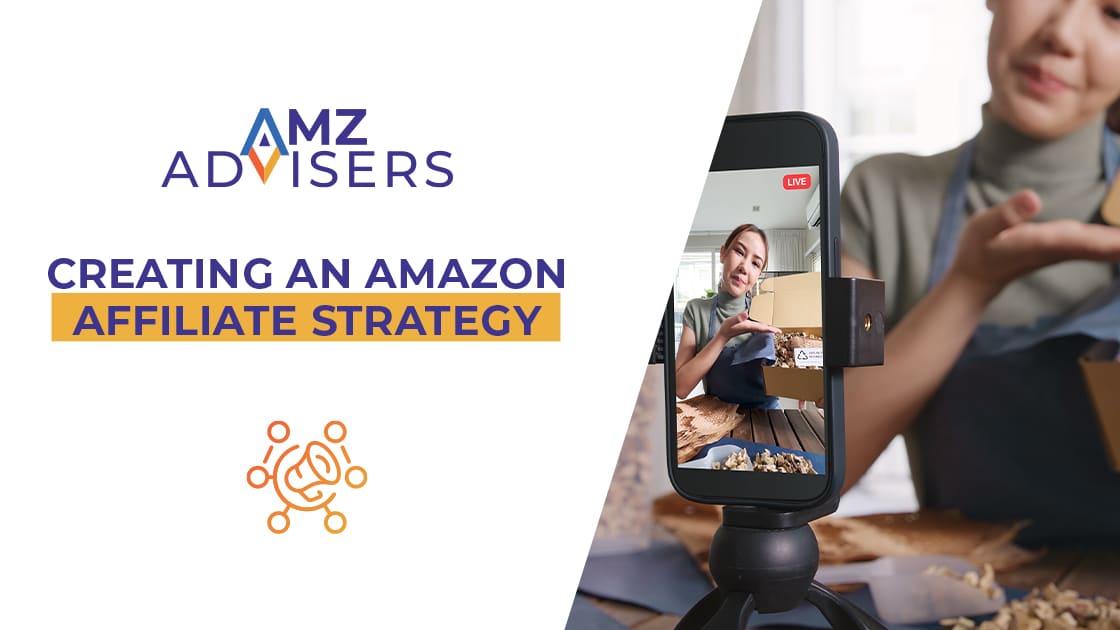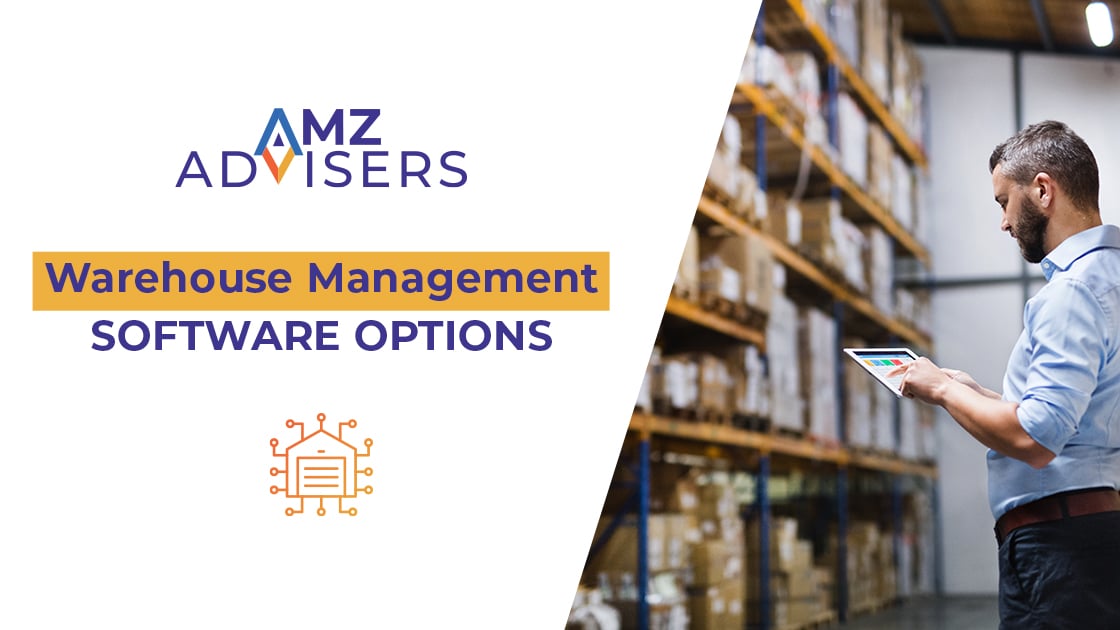
This guest post comes to us courtesy of Basak Saricayir, Content Marketer at Prisync.
Amazon’s share of the global e-commerce market hit 13.7% in 2019, and the company accounts for more than half of US e-commerce sales. What’s behind Amazon’s unprecedented success? The use of big data in pricing decisions. The data-driven logic behind Amazon’s pricing strategy played a crucial role in their growth, and there are valuable lessons we can draw from it.

Why does Amazon Change Its Prices so Frequently?
The retail giant makes 2.5 Mn price changes a day, and without a doubt, it works well for the company. But why do they change prices so frequently? Two major reasons behind it:
Price Transparency
The first thing about the e-commerce industry is the transparency of prices. Today’s shoppers can compare prices from numerous sellers in a single tab. So, no one buys overly-priced items from a local store just for convenience reasons.
Price-Sensitive Customers
Millennials have less discretionary income than the older generations. Meaning, they don’t have the extra money to trifle away. They look for the best price, and the comparison-shopping engines find it in seconds.
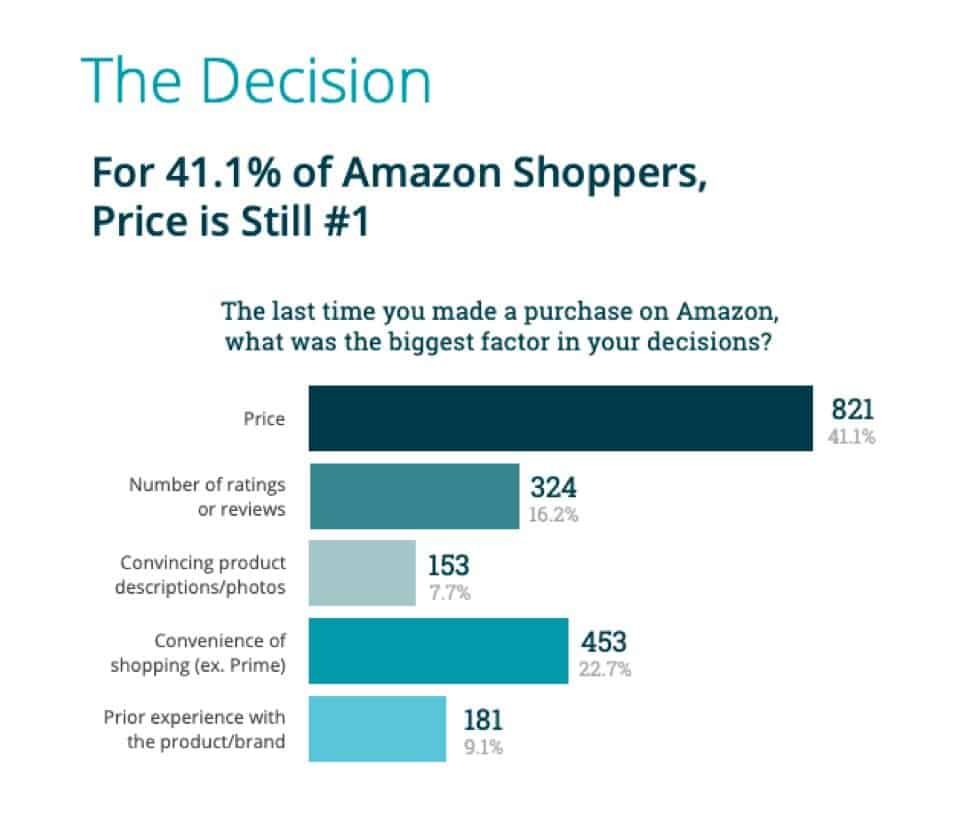
Source:https://learn.cpcstrategy.com/rs/006-GWW-889/images/2019-Amazon-Shopper-Survey.pdf
The general increase in price transparency accompanied by a growingly price-sensitive customer base compel online retailers to compete on price. Not surprisingly, Amazon excelled at it.
Is the company the cheapest seller of any product? Not really. Then why do we tend to believe so?
So, here’s our first lesson to take from the retailer’s pricing strategy.
Competitively Price Popular Products
Guru Hariharan, a former Amazon business leader, tells us the truth behind the common perception of Amazon as the cheapest destination.
Hariharan states that the retail behemoth competitively prices the most popular products to lure customers into the marketplace, but makes profits on less popular products.
How does it work:
The most popular products drive foot traffic to your store.
Shoppers use comparison shopping engines to find the best offers. When you sell the iPhone 11 at the best price, many people see your store.
Once they get through the door, they buy additional items.
So, you don’t profit well from iPhone sales, but you sell so many profitable iPhone 11 cases along with it.
People start thinking you’re the cheapest dealer.
After seeing competitive prices for a while, people start thinking your store is the cheapest, which is the case for Amazon when building a loyal customer base.
Hariharan was a member of the team that built Amazon Selling Coach, a tool developed to manage shoppers’ perception of price.
ASC determines the highest viewed products that capture a large audience and makes sure their prices are competitive.
Make Use of Loss-Leader Products
Loss-leaders are the products sold at a loss to attract customers into a store. The assumption is that the shoppers who come to purchase the loss-leaders will also purchase profitable products.
Of course, Amazon is a master of the loss-leader strategy.
Perhaps you’ve come across the insanely good Kindle deals on Amazon. If not, let’s take a look at them.
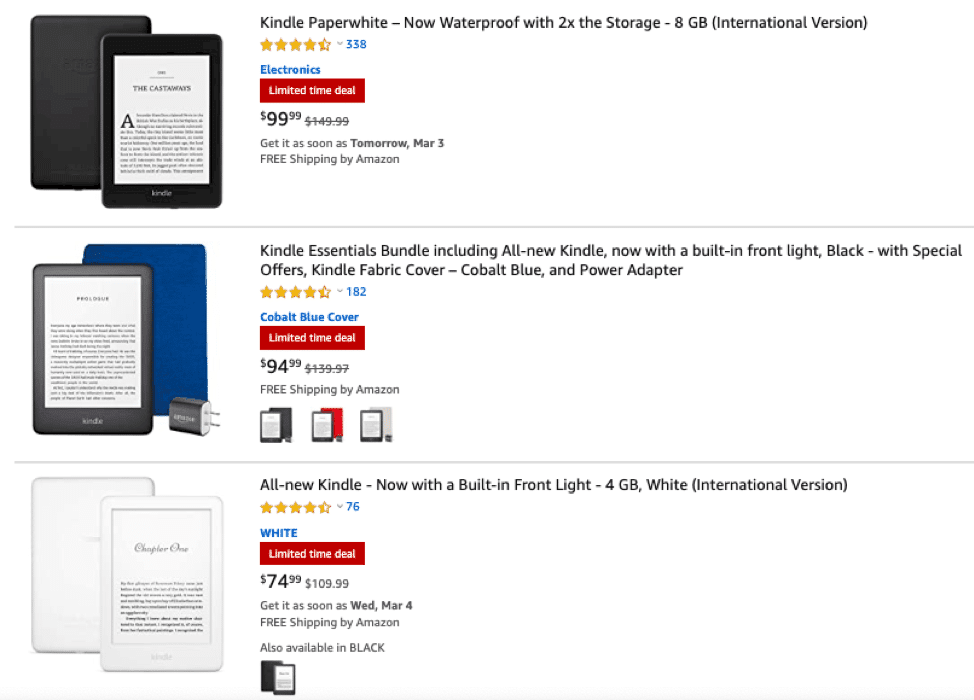
Nearly all Kindles are heavily discounted, and they actually cost a lot to the company. The company’s estimated annual loss on Kindle sales is $500Mn. However, it makes an estimated $2Bn profit from the Apps, Books, Movies, and Music sold alongside it.
If you sell products that are purchased repeatedly, you can profit well with the loss-leader strategy. For example, many stores sell electric toothbrushes at a loss but make a desirable profit from the sales of replacements.
Come up with loss-leader products that require repeat purchases to entice customers into your store. From that moment on, you have to work on making them come back.
Offer Basket-Based Discounts
Shoppers want a personalized experience so much that more than half agree to share personal info in return.
In what ways can we appease our customers’ desire for personalization?
Personalized recommendations significantly increase the likelihood of purchase. 49% of respondents in a survey stated that they bought an item they’ve never considered to buy due to the personalized recommendations on a store they shopped from before.
Amazon generates 10%-30% revenue from personalized recommendations. The giants’ recommendation algorithm takes the purchase history and browsing history, the trendiness of the product, purchase history of other customers with similar purchase histories, etc. into account when recommending a product.
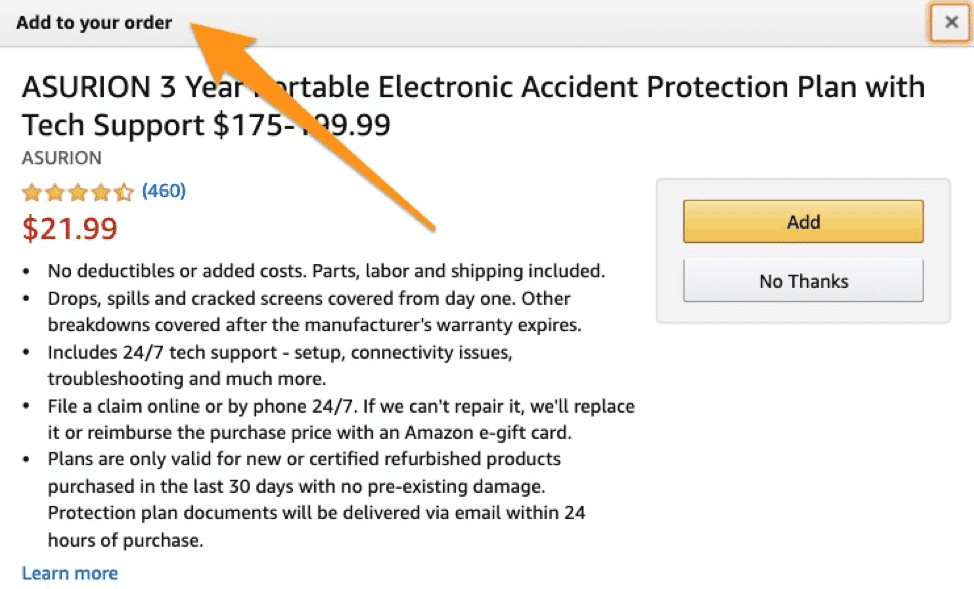
Source: https://www.amazon.com/
Why would you deprive your customers of a service they demand which also increases their basket size? Or even better, why don’t you take it a step further?
Basket-based pricing is the perfect strategy for taking it to the next level, where customers receive personalized discounts based on their purchase history, previously used discounts, browser history, etc.
The beauty of applying this strategy is that it entices shoppers to buy from you in two ways:
- They constantly see the products that truly capture their attention.
- They get discounts for the products they are interested in.
Dynamically Price Products
What’s the biggest lesson we learn from Amazon’s pricing strategy? Sticky prices don’t work for online stores.
Price stickiness refers to the resistance of prices to change despite the changes in supply and demand.
The stiff competition and the price-conscious customers force online retailers to offer competitive prices, as we’ve discussed at the beginning of the article. How Amazon handled this?
The giant developed an in-house dynamic pricing engine to find the optimal prices that yield the highest demand. What do we mean by the optimal price?
This is our hypothetical demand curve. As you can see, there are countless possible prices (price points) that yield different levels of demand. The optimal price naturally is the one that yields the highest demand.
Amazon’s engine tests many different price points a day. On average, a product’s price changes every ten minutes.
Needless to say, it’s extremely effective. Competitors find themselves in a struggle to beat Amazon prices, but most of them still aren’t aware of the necessity of dynamic pricing, or even price tracking, to begin with.
Price tracking is necessary for online retailers of all sizes. It’s impossible to survive in the e-commerce industry without offering competitive prices. As you might guess, tracking competitor prices is the first step of it.
While SMBs can’t invest millions into an engine like Amazon’s, they can use price tracking software.
But what about the customers? Are they okay with paying different prices for the same product? That brings us to our last point.
Don’t Alienate Customers
Back in 2000, Amazon was caught charging different prices based on the browser customers used. What happened?
The company faced serious criticism. Jeff Bezos had to explain it was a mistake, and that they never aimed for demographic segmentation.
How exactly can we offer different prices to our customers, without letting them know?
The answer: personalization.
Segment your audience.
You know by heart that your target audience is heterogeneous. They differ from each other in so many aspects. For example, the purchasing power of a professor is usually higher than a student. Or, a teacher can spend a great portion of her income on books, whereas a retailer might not spare that much. But of course, price is not the only metric you need to take into account:
- Location: Region, Country, State, City, or even hyperlocalized neighborhoods
- Consumption Behavior: Regularity, Purpose, Volume
- Demography: Age, Employment Status, Education, Income, etc.
To entice all the possible personas in your target audience, you have to target them at different prices.
Obviously, the next step is finding out how much they are willing to pay for your products.
Measure their willingness to pay (WTP).
Willingness to pay is the maximum amount of money one is willing to give up in exchange for a product. Of course, it’s not possible to measure everyone’s WTP. Conduct a WTP survey on a sample group from your audience to see how their WTP is distributed. Let’s use your finding
Target each at different price levels with personalized discounts.
We already talked about how price discrimination might alienate customers. That’s why you need to personalize your offers.
WTP research gives you the group with the highest WTP. Your regular price must be somewhere around the average of their WTPs.
The rest should receive ‘personalized’ discounts at the checkout, or via email.
A pop-up screen saying “Use 10% personal discount on this item” is an effective tactic to entice customers to buy without raising concerns about the fairness of the discount.
Takeaways
Amazon is a great source of knowledge when it comes to e-commerce pricing. The company is not only the dominator of the global e-commerce industry but also a pioneer of innovative strategic planning and tool development.
The giant’s dynamic pricing engine helped it gain a significant competitive advantage, which still prevails today.
What are the lessons we can draw from the retailer’s pricing strategy?
Popular products get traction to a website.
Competitively price popular products to increase visibility and get traction to your store. If applied consistently, this tactic will alter consumers’ perception of your prices in a favorable manner.
Loss-leader products help you lure customers into your store.
Make use of loss-leader pricing.
Basket-based discounts are beneficial for both you and your customers.
They like being recommended the products they are actually interested in at a discounted price. Utilize the basket-based discounting strategy.
Don’t stick with the same prices for too long.
The stiff competition and price-conscious customers force you to dynamically price your products. Test different price points and measure the results.
Don’t alienate customers.
Price discrimination disturbs almost anyone. Offer personalized discounts instead of letting customers know they are segmented and targeted at different prices.

Guest Author: Basak Saricayir
Basak Saricayir is the content marketer at Prisync which helps E-commerce companies increase sales by tracking prices automatically from any marketplace around the world.


